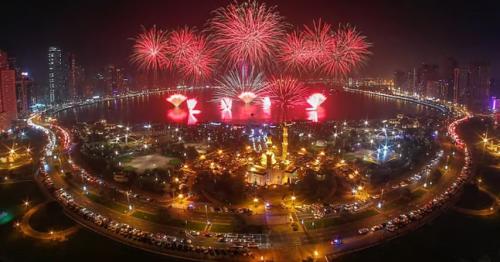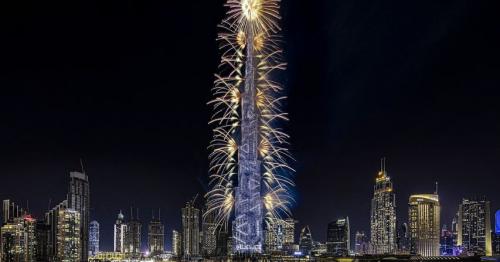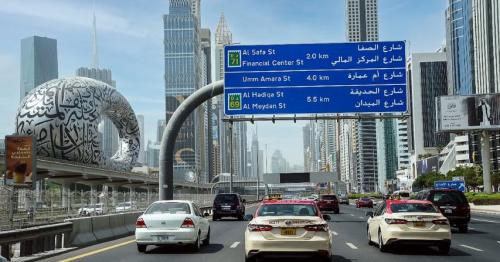More rainfall expected this evening as temperatures soar to 49.4°C

As temperatures rise across the UAE, the National Centre of Meteorology (NCM) forecasts more rainfall this evening, June 17. On Sunday, southeastern Abu Dhabi experienced light rainfall, indicating the start of an unpredictable weather pattern.
Weather Predictions
The NCM's weather bulletin states, "Low clouds will appear on the Eastern coast areas, with a probability of some convective clouds forming by afternoon, which will be associated with rainfall over some Eastern and Southern areas of the country on Monday." This suggests that residents in these regions should prepare for potential rainfall despite the high temperatures.
Record High Temperatures
On the first day of Eid Al Adha, the UAE recorded its highest temperatures of the year, reaching 49.4°C in Sweihan, Abu Dhabi, at 2:45 pm. Weather experts anticipate that as summer progresses, the UAE will experience increased rainfall and occasional hailstorms. This unusual combination of high temperatures and rain is indicative of the extreme weather conditions the region faces.
Astronomical Summer
As the UAE approaches the third week of June, it transitions into what is known as the 'astronomical summer.' This season is officially marked by the summer solstice, occurring when one of Earth's poles is tilted closest to the Sun. This significant event marks the longest day of the year in the UAE.
"On June 21, the country will experience the longest day of the year. Therefore, the air temperatures increase over most areas of the country. As summer begins, the mean temperatures increase approximately 2-3°C compared to May," Dr. Ahmed Habib, a climate expert from the NCM, told Khaleej Times.
Changes After the Summer Solstice
Following the summer solstice, the length of daylight gradually decreases, initially by a few seconds to around a minute each day, according to the Old Farmer's Almanac. This reduction becomes more noticeable by July and August, typically decreasing by a few minutes per day. By the autumnal equinox in late September, daylight diminishes rapidly until day and night are balanced again.
The Summer Solstice Explained
While June 21 is typically the summer solstice, the date can vary slightly depending on the year and time zone. This variation occurs because the Earth's orbit around the sun is not perfectly aligned with our calendar year. Thus, the summer solstice can fall on June 20, June 21, or June 22, showcasing the complexities of our solar system.
Intense Summer in Mid-July
In the UAE, the most intense phase of summer usually begins in mid-July and continues through the end of August. During this period, temperatures soar, humidity levels can reach up to 90%, and dust storms from the desert are common. These storms bring strong winds and sweeping hot sand clouds across cities, creating challenging conditions for residents.
Official Summer Months
According to Habib, the UAE's summer months officially span from June to September, with the season ending astronomically on September 22. However, relief from the intense summer heat comes with the appearance of the Suhail star in the third week of August. This celestial event signals the transition into autumn, a season that brings cooler temperatures and much-needed respite from the summer heat.
Conclusion
As the UAE braces for more rainfall amid soaring temperatures, residents are reminded of the unpredictable nature of summer weather in the region. The combination of high temperatures, increased rainfall, and occasional hailstorms underscores the need for preparedness and adaptability. With the longest day of the year approaching, the UAE continues to experience the extreme conditions characteristic of its summer season, while eagerly anticipating the eventual arrival of autumn.
By: Sahiba Suri





Comments